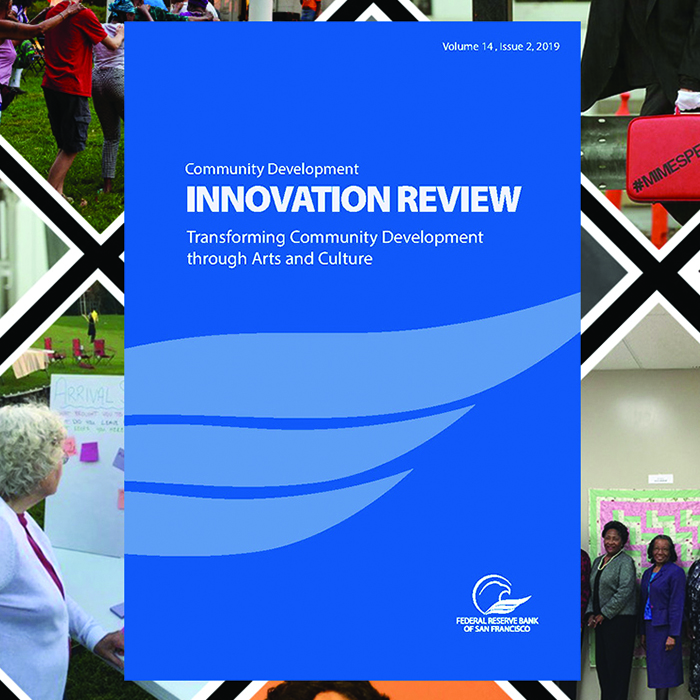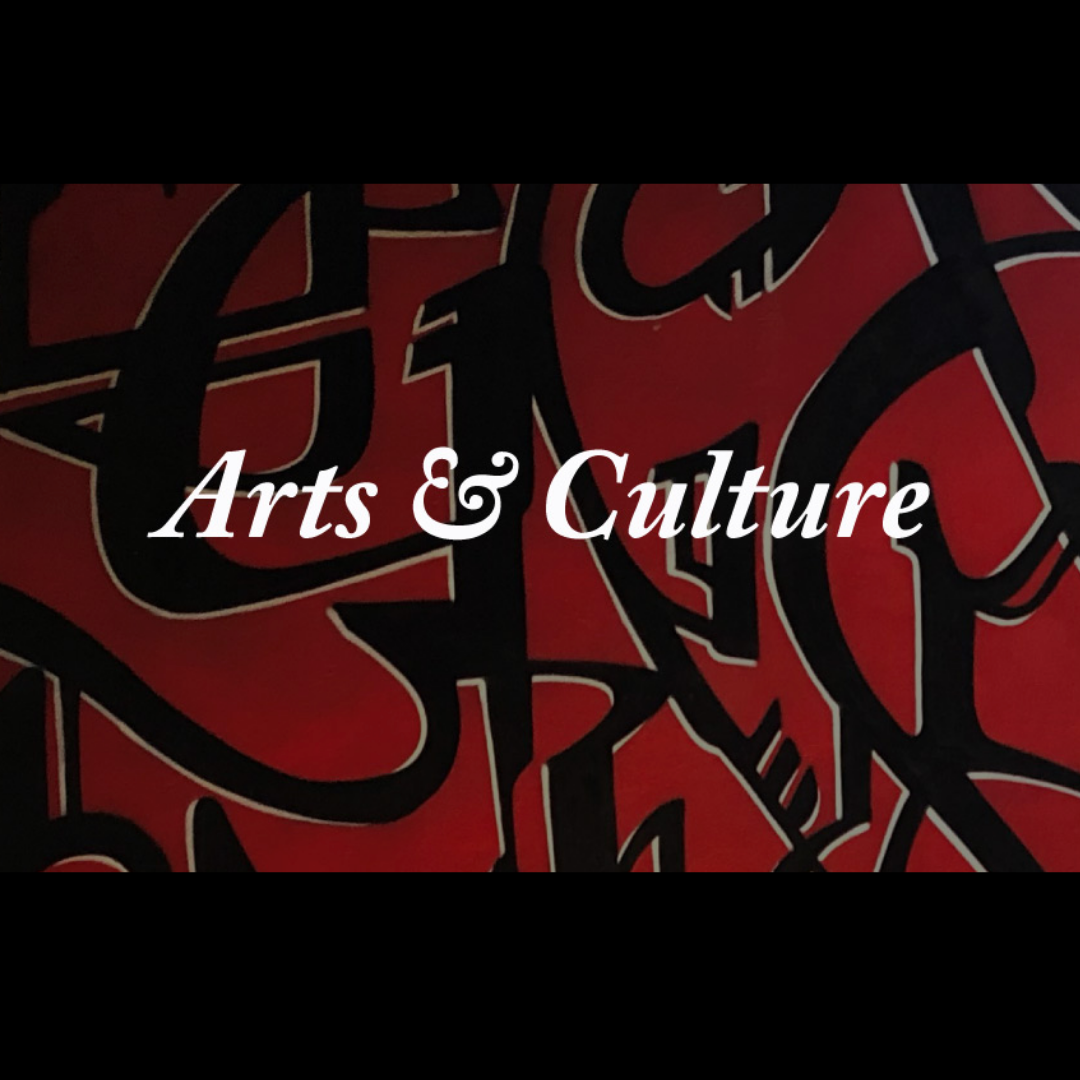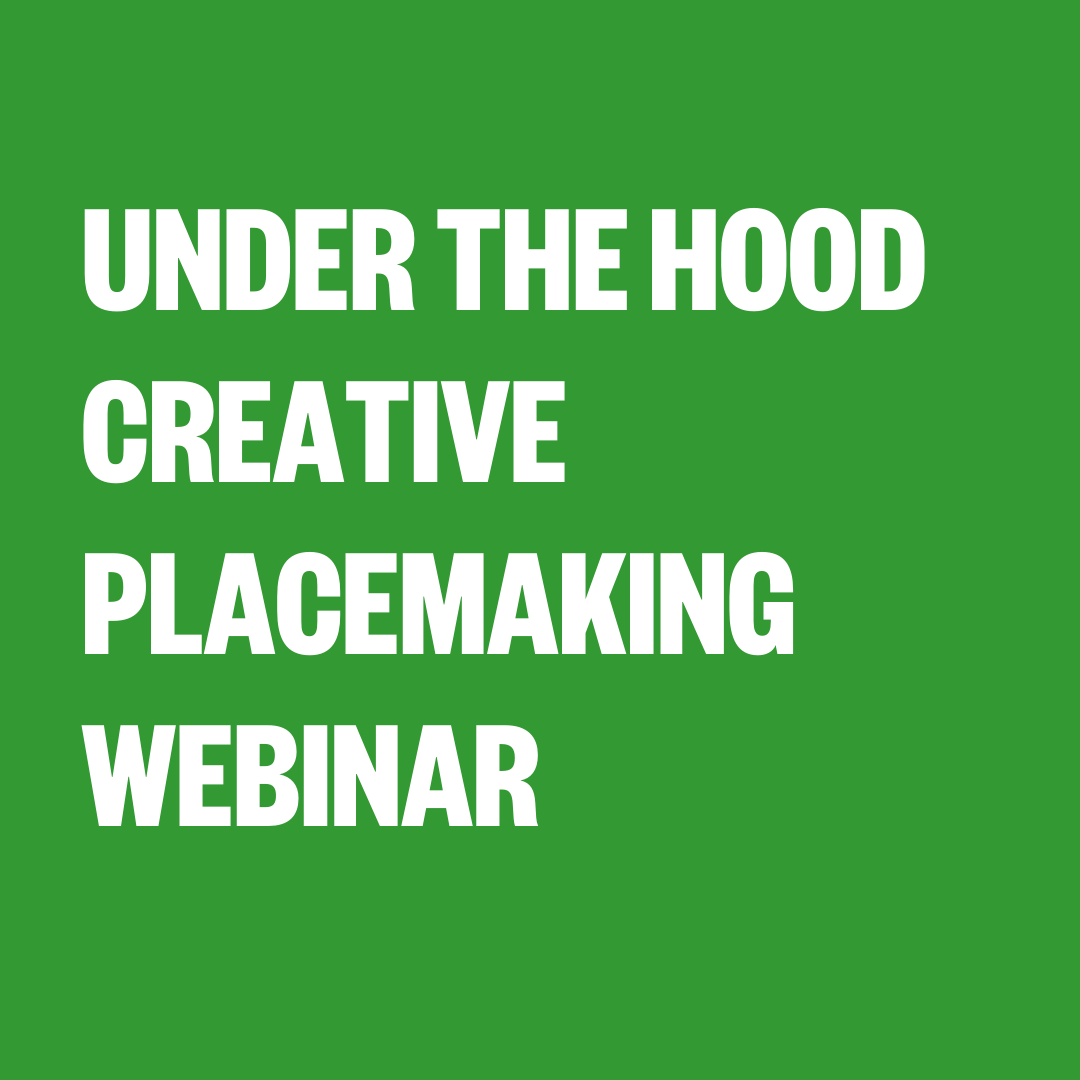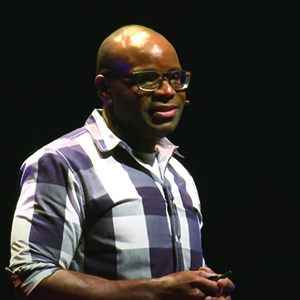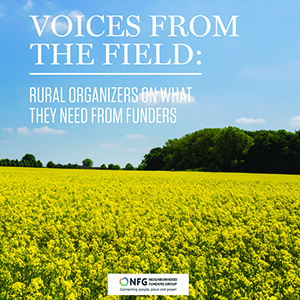TRANSFORMING COMMUNITY DEVELOPMENT THROUGH ARTS & CULTURE
The new edition of the Federal Reserve Bank of San Francisco’s Community Development Innovation Review explores an evolving era in community development that infuses art and cultural practice with that of community development organizations to help residents reclaim community identity, strengthen cultural resilience, and build power to shape neighborhood planning.
285
TRANSFORMING COMMUNITY DEVELOPMENT THROUGH ARTS & CULTURE NY EVENT
On Wednesday, January 15, 2020, Transforming Community Development Through Arts & Culture explored an evolving era in community development that infuses art and cultural practice. Attendees learned how artists are working with communities and community development organizations to tackle some of the most pressing and complex issues of our time, and why arts and culture strategies are central to equitable development and racial justice. Hosted by the New York Fed and the San Francisco Fed, in partnership with ArtPlace America and PolicyLink, the event highlighted stories, ideas, and provocations from the latest Community Development Innovation Review journal, Transforming Community Development Through Arts and Culture.
UNDER THE HOOD CREATIVE PLACEMAKING WEBINAR
Funding Creative Placemaking is a challenge, but some Developers have figured out ways to include creative placemaking in their budgets and process, though it doesn't always fit nicely or neatly into development timelines and budgets. This webinar takes a roll-up-our-sleeves deep dive into the budgets behind some of your favorite Creative Placemaking efforts. It goes under the hood of the budgets of these projects to explore how arts and culture were paid for and phased. This webinar provides a lively conversation breaking down how arts and culture gets integrated into development in a deep way.
UNFAMILIAR OBJECTS IN FAMILIAR SPACES
Over the last three decades the federal government, through its Art-in-Architecture program, has funded more than 200 permanent art installations in cities throughout America. This study examines the public response to a sample of 41 such public art projects and attempts to illuminate the factors that lead to official or organized conflict.
URBAN REVITALIZATION OF PLANNED EXTINCTION
Why do some neighborhoods need revitalizing? Urban revitalization implies something was once thriving but now must be restored. In this talk, economist and historian Trevon D. Logan (Hazel C. Younberg Distinguished Professor of Economics at the Ohio State University as well as a Research Associate at the National Bureau of Economic Research), shares his story about how his research on historical neighborhood change literally hits home and places him at ground zero for segregation, redlining, urban decay, and urban renewal. He shares his perspective on how to acknowledge the past and change blighted communities today.
VOICES FROM THE FIELD: RURAL ORGANIZERS ON WHAT THEY NEED FROM FUNDERS
As a first step in establishing a framework and priorities, the Integrated Rural Strategies Group commissioned a scan of rural organizing work. From this scan, the group has gained literacy in the organizing work already taking place and further defined the group’s role and intended impact in the landscape of rural organizing. Capturing the voices of organizers on the ground, the scan identified the following priorities: infrastructure and capacity, strategizing for impact, and anti-racist organizing.






